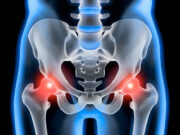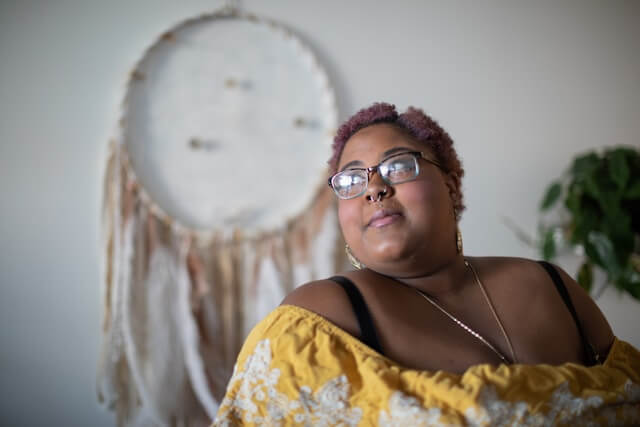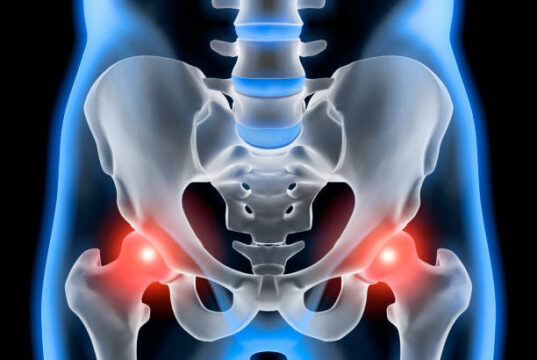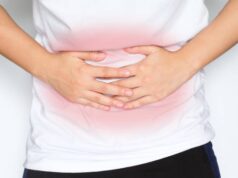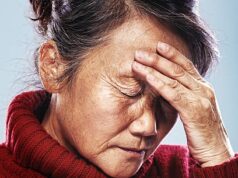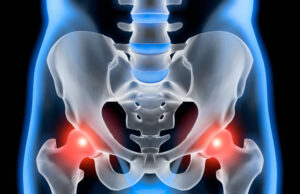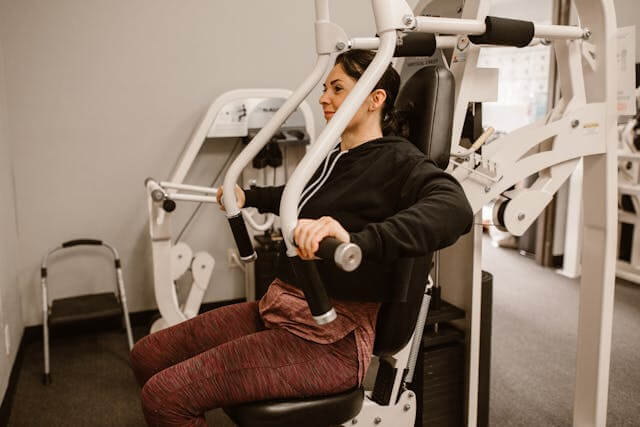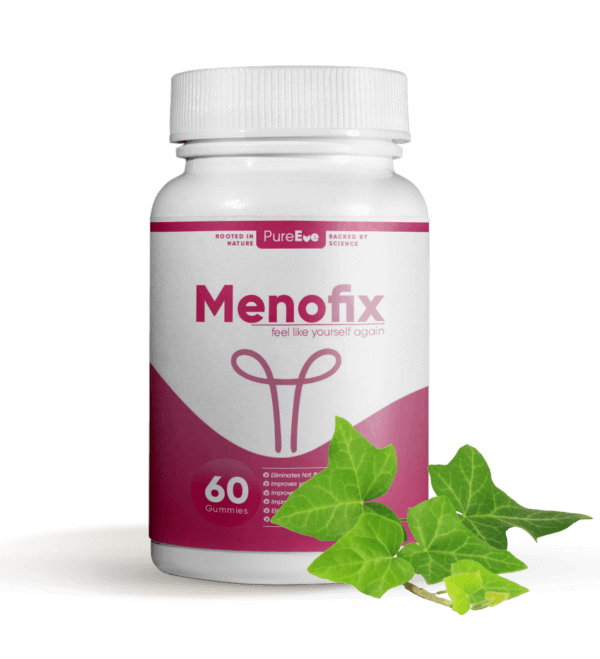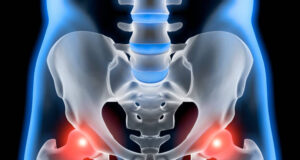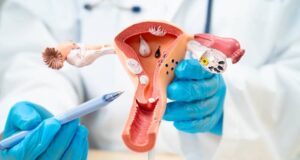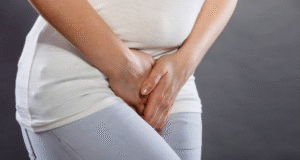Trending Now
FACTS ABOUT MENOPAUSE
Osteoporosis and Menopause: Protecting Your Bone Health Naturally
Menopause brings many changes, and one major concern for women is osteoporosis, a condition where bones become weak, brittle, and more prone to fractures....
HEALTHY LIVING
NATURAL REMEDY
Postmenopause: Symptoms, Causes, Health Risks & How to Stay Healthy Naturally
Every woman’s body experiences natural transitions but few are as misunderstood as postmenopause. Many believe that once the final menstrual period ends, the journey...
DON'T MISS
POPULAR ARTICLES
Why Your 30s Is the Best Time to Start Thinking About...
When is the best time to start thinking about menopause?
When most women in their 30s hear the word “menopause,” they tend to brush it...
When Does Menopause Start for Women in Nigeria
It is a well-known fact that menopause does not start at the same time for women in Nigeria. Just like periods, every woman’s body...


